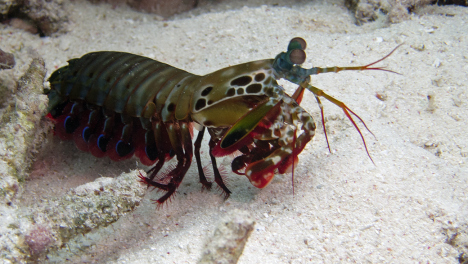It is easy to dismiss their presence and want to overlook the pesky circling of fruit flies, but these little organisms are actually more complex than they might look. In fact, researchers have recently been studying these bugs to come to a better understanding of their thought process. A team of neuroscientists have observed fluctuations in the time they take to process information before acting on a decision to hypothesize that they actually take a longer amount of time to make what scientists have determined as more difficult decisions.

Photo by: USDAGov
Are these tiny pests of a heightened intelligence than we might have initially thought? That is exactly the question that researchers are hoping to answer as they delve further into their studies. So how exactly are they testing the flies’ decision making skills? Like with any experiment they create a controlled environment testing certain variable options. More specifically they encase the flies in a narrow compartment, pitting two concentrated scents on both ends of a spectrum to see where the flies end up.
As for measuring the difficulty of the decision, scientists varied the distance between the concentrated scents. The closer the concentrations were, the longer the flies took to differentiate and identify to which area they preferred to fly. The consistency of the results, allowed them to conclude that there are links in the system which humans use to make decisions and that of these flies, which is all connected to the FoxP gene. Needless to say, there is more to these flies than meets the eye!
Filed under: Behind the Scenes, Current Events, Education, Math, Online Games for Kids, Science and kids, Science Facts, Scientific Research | Tagged: kids and science, Learning, Math Blaster, science | Leave a comment »







